Home>Furniture>Outdoor Furniture>What Is The Best Material To Use For A Patio
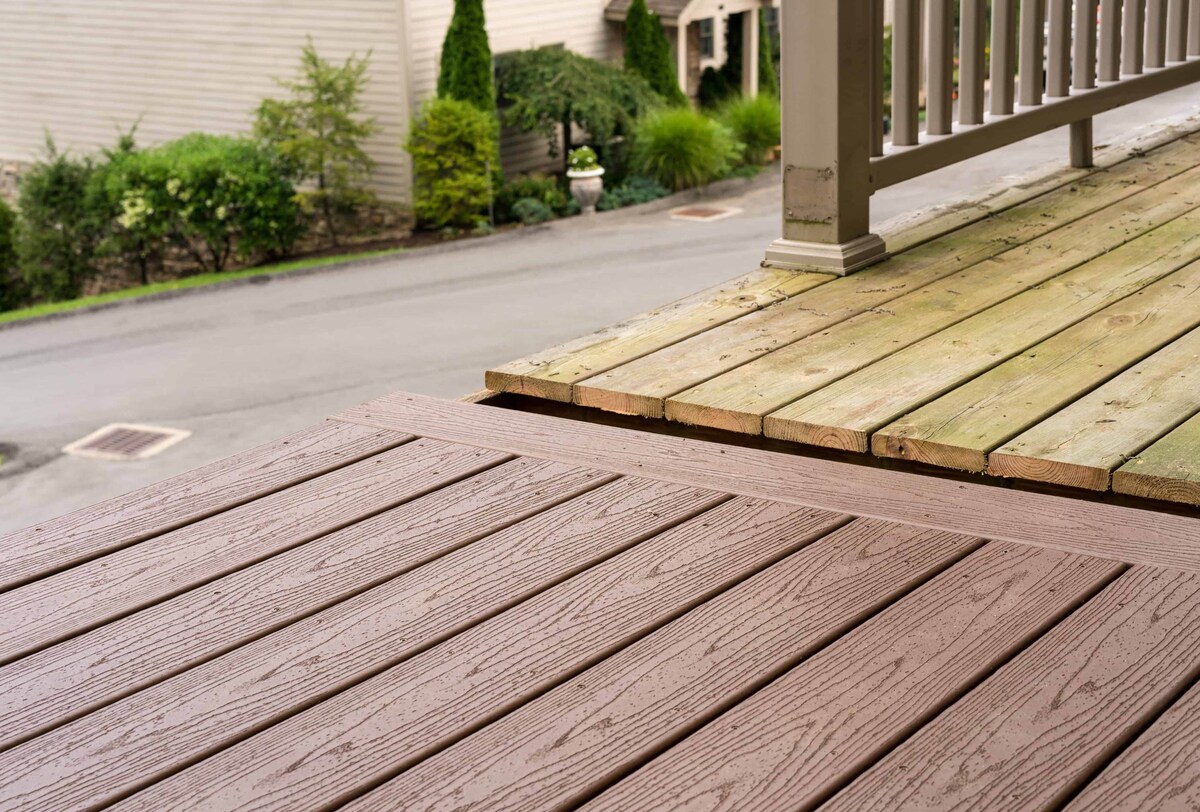

Outdoor Furniture
What Is The Best Material To Use For A Patio
Modified: March 7, 2024
Looking for the best material for your patio? Discover the top outdoor furniture options that will transform your outdoor space into a stylish and comfortable retreat.
(Many of the links in this article redirect to a specific reviewed product. Your purchase of these products through affiliate links helps to generate commission for Storables.com, at no extra cost. Learn more)
Introduction
Creating the perfect outdoor space starts with choosing the right materials for your patio. Whether you’re looking to relax, entertain, or simply enjoy the beauty of your backyard, selecting the best material for your patio is crucial. With a wide range of options available, each with its own unique characteristics, it’s important to consider several factors before making your decision.
In this article, we will explore the different materials commonly used for patios and discuss their pros and cons. By understanding the characteristics and benefits of each material, you’ll be able to make an informed choice that suits your style, budget, and maintenance preferences.
Key Takeaways:
- Choose the Right Patio Material
Consider climate, budget, maintenance, style, and durability when selecting a patio material. Concrete, brick, natural stone, pavers, wood, and composite decking offer unique benefits to suit your outdoor space. - Create Your Perfect Outdoor Space
From timeless brick to modern composite decking, each patio material offers its own charm and practicality. Consider your style, budget, and maintenance needs to select the perfect material for a durable and inviting outdoor space.
Read more: How To Extend A Roof Over A Patio
Factors to Consider When Choosing Material
Before diving into the specific patio materials, it’s important to consider a few key factors that can greatly influence your decision-making process:
- Climate: Consider the climate in your area. Will your patio be exposed to extreme heat, cold, or frequent rain? Some materials may fare better in certain climates than others. For example, natural stone is known for its durability and ability to withstand harsh weather conditions.
- Budget: Determine your budget for the patio project. Some materials, like concrete, tend to be more cost-effective, while others, such as natural stone or composite decking, may come with a higher price tag. Be sure to weigh the cost against the desired aesthetics and durability of the material.
- Maintenance: Consider the maintenance requirements of the different patio materials. Some materials, like wood, may require regular sealing and staining to protect against weathering and fading. On the other hand, materials like concrete or composite decking may require minimal maintenance, making them more convenient options.
- Style and Aesthetics: Think about the overall look and feel you want to create for your patio. Different materials offer a range of styles, textures, and colors. Concrete provides a sleek, modern look, while natural stone exudes a timeless elegance. Consider how the material will complement your existing landscaping and outdoor furniture.
- Durability: Assess how durable and long-lasting you need your patio material to be. If you expect heavy foot traffic or have active children or pets, you may want to choose a material known for its strength and resilience, such as brick or pavers. Alternatively, a low-maintenance option like composite decking may be a suitable choice.
By considering these factors, you can narrow down your options and choose a patio material that aligns with your specific needs and preferences. Now, let’s dive into the different materials commonly used for patio construction.
Concrete
Concrete is a popular and versatile material for patio construction. It offers a clean, minimalist look that can be customized to suit your style. Here are some key considerations when using concrete for your patio:
- Cost-effective: Concrete is often one of the most affordable options for patio construction. It’s readily available and requires less labor compared to other materials.
- Durability: Concrete is known for its durability and can withstand heavy foot traffic and the elements. With proper installation and maintenance, a concrete patio can last for decades.
- Customization: Concrete offers endless design possibilities. It can be stamped, painted, or stained to mimic the look of other materials, such as brick or stone. This allows you to achieve your desired aesthetic at a fraction of the cost.
- Low maintenance: One of the advantages of a concrete patio is its low maintenance requirements. Regular cleaning and occasional resealing are typically all that’s needed to keep a concrete patio looking its best.
- Temperature: Concrete can absorb and retain heat, making it suitable for warmer climates. However, in areas with freezing temperatures, it may be prone to cracking due to the expansion and contraction caused by freeze-thaw cycles.
Overall, concrete is a versatile, cost-effective, and durable option for patio construction. Its ability to be customized to various styles and its low maintenance needs make it a popular choice among homeowners.
Brick
Brick is a timeless and classic choice for patio construction. Its natural beauty and durability make it a popular option for homeowners looking to create an elegant outdoor space. Here are some key considerations when using brick for your patio:
- Visual appeal: Brick provides a warm and inviting look that adds charm and character to any outdoor area. The natural variations in color and texture of bricks create a visually appealing surface.
- Durability: Bricks are known for their strength and longevity. They can withstand heavy foot traffic and are resistant to fading and weathering.
- Low maintenance: Brick patios require minimal maintenance. Periodic cleaning and occasional re-sanding of the joints are usually all that’s needed to keep them in good condition.
- Excellent drainage: The natural gaps between bricks allow for proper water drainage, reducing the risk of standing water and potential damage to the patio surface.
- Design flexibility: Bricks come in a variety of sizes, shapes, and patterns, allowing for endless design possibilities. You can create a simple herringbone pattern or get creative with intricate designs.
- Initial cost: Brick patios tend to have a higher upfront cost compared to materials like concrete. However, their durability and timeless appeal make them a worthwhile investment in the long run.
When planning a brick patio, it’s important to ensure proper installation. A well-laid brick patio requires a solid foundation and precise alignment to maintain its integrity.
Overall, a brick patio offers classic beauty, durability, and low maintenance. It adds an elegant touch to any outdoor space and can withstand the test of time.
Natural Stone
Natural stone is a luxurious and visually stunning option for patio construction. Its elegant appearance, durability, and unique characteristics make it a popular choice for those seeking a high-end outdoor space. Here are some key considerations when using natural stone for your patio:
- Timeless beauty: Natural stone provides a timeless and sophisticated look that adds a touch of elegance to any outdoor setting. Each stone slab has its own unique colors, patterns, and textures, creating a visually captivating surface.
- Durability: Natural stone, such as granite, travertine, or slate, is known for its durability and ability to withstand harsh weather conditions. It is resistant to fading, cracking, and chipping, making it a long-lasting choice for a patio.
- Varied options: Natural stone offers a wide range of options in terms of colors, textures, and sizes. From sleek and modern granite to rustic and earthy slate, you can choose a stone that best suits your desired aesthetic.
- Unique patterns: The natural variations in color and pattern of each stone slab create a beautiful and organic look. Whether in a random pattern or carefully arranged, the result is a stunning patio surface that stands out.
- Heat resistance: Natural stone tends to stay cool in hot weather, making it comfortable for barefoot walking. This is particularly appealing in warmer climates where high temperatures can make other materials uncomfortable to walk on.
- Maintenance: While natural stone patios require regular cleaning to remove dirt and debris, their maintenance needs are relatively low. Periodic sealing may be needed to protect the stone and maintain its appearance.
It’s important to note that natural stone patios can be more expensive compared to other materials. The cost can vary depending on the type of stone chosen and its availability. However, the beauty, durability, and timeless appeal of natural stone make it a worthwhile investment for those looking for a luxurious outdoor space.
Consider using natural stone, such as flagstone or slate, for your patio. It is durable, low-maintenance, and provides a beautiful, natural look for your outdoor space.
Read more: What Are The Best Roof Shingles
Pavers
Pavers are a versatile and popular choice for patio construction. Made from concrete, clay, or natural stone, pavers offer a wide variety of design options and are known for their durability. Here are some key considerations when using pavers for your patio:
- Design flexibility: Pavers come in a range of shapes, sizes, colors, and patterns, allowing for endless design possibilities. Whether you prefer a classic herringbone pattern or a more intricate design, pavers can be arranged to create the look you desire.
- Easy installation: Pavers are relatively easy to install and can be laid down in a variety of patterns. This makes them a popular choice for DIY enthusiasts or those looking to complete their patio project quickly.
- Durability: Pavers are highly durable and can withstand heavy foot traffic, weather fluctuations, and exposure to the elements. They are resistant to cracking and can be easily replaced if damaged.
- Low maintenance: Pavers require minimal maintenance. Regular cleaning and occasional re-sanding of the joints to prevent weed growth are typically all that’s needed to keep them in good condition.
- Excellent drainage: The gaps between pavers allow for proper water drainage, preventing water from pooling on the surface and reducing the risk of damage.
- Ease of repair: If a paver becomes damaged or stained, it can be easily replaced without disrupting the entire patio. This makes maintenance and repairs more convenient compared to other materials like concrete or natural stone.
While pavers can vary in price depending on the material and design complexity, they generally offer a cost-effective and aesthetically appealing option for patio construction. Their versatility, durability, and ease of installation make them a popular choice among homeowners looking for a customizable outdoor space.
Wood
Wood is a classic and natural choice for patio construction. It provides a warm and inviting atmosphere and is highly versatile in terms of design options. Here are some key considerations when using wood for your patio:
- Natural beauty: Wood offers a natural and timeless beauty that adds warmth and charm to any outdoor space. The rich grain patterns and warm tones create an inviting and cozy atmosphere.
- Design flexibility: Wood can be easily customized to suit your desired style and preference. It can be stained or painted in various colors, and different types of wood can be used to achieve different looks.
- Comfortable underfoot: Wood provides a comfortable and soft surface to walk on. It is less prone to absorbing heat compared to other materials, making it pleasant for barefoot strolls.
- Easy on the environment: Wood is a renewable and sustainable material, making it an eco-friendly choice for patio construction. Opting for certified sustainable wood ensures responsible sourcing.
- Low maintenance: While wood requires regular maintenance to preserve its beauty and durability, the process is relatively straightforward. Regular cleaning and resealing or staining are necessary to protect the wood from weathering, moisture, and UV damage.
- Prone to weathering: Wood is more susceptible to weathering, rot, and insect damage compared to other materials. Proper maintenance and regular inspections are necessary to ensure its longevity.
- Cost: The cost of a wood patio can vary greatly depending on the type of wood chosen. Hardwood species like teak or cedar tend to be more expensive than softwoods like pine or spruce but offer increased durability and resistance.
Wood patios can provide a natural and rustic appeal to outdoor spaces. Their warmth, versatility, and comfortable feel underfoot make them a popular choice for those looking for a classic and inviting patio area.
Composite Decking
Composite decking is a modern and durable alternative to traditional wood decking. Made from a combination of wood fibers and recycled plastic, composite decking offers a range of benefits for patio construction. Here are some key considerations when using composite decking for your patio:
- Durability: Composite decking is highly durable and resistant to rotting, warping, and insect damage. It can withstand harsh weather conditions, making it ideal for long-lasting outdoor use.
- Low maintenance: One of the major advantages of composite decking is its minimal maintenance requirements. Unlike wood decking, composite decking doesn’t require staining, painting, or sealing. Regular cleaning with soap and water is typically sufficient to keep it looking its best.
- Long lifespan: Composite decking has a significantly longer lifespan compared to wood decking. It retains its quality and appearance for many years, reducing the need for frequent replacement.
- Color and texture options: Composite decking comes in a variety of colors, finishes, and textures, allowing you to create the desired aesthetic for your patio. Whether you prefer a traditional wood look or a more modern and sleek appearance, there is a composite decking option to suit your style.
- Sustainability: Composite decking is often made from recycled materials, making it an environmentally friendly choice. By using recycled plastic and reducing the demand for new timber, composite decking contributes to the conservation of natural resources.
- Comfort: Composite decking remains cooler under direct sunlight compared to traditional wood decking, making it more comfortable for barefoot walking, even on hot summer days.
- Cost: While composite decking may have a higher upfront cost compared to wood decking, its long-term durability and reduced maintenance expenses can make it a cost-effective choice over time.
Composite decking offers the beauty of wood without the drawbacks. Its durability, low maintenance, and sustainable nature make it a popular choice for homeowners seeking a patio material that combines style and practicality.
Conclusion
Choosing the right material for your patio is essential in creating a functional and visually appealing outdoor space. Each material discussed in this article has its own unique characteristics and benefits, allowing you to select the one that best suits your style preferences, budget, and maintenance requirements.
If you’re looking for a cost-effective and versatile option, concrete may be the way to go. Its durability and customization possibilities make it a popular choice for many homeowners.
Brick offers a timeless and classic look, adding charm and elegance to any outdoor area. Its durability and low maintenance needs make it a worthwhile investment.
Natural stone brings a touch of luxury and sophistication to your patio. Its unique patterns and natural beauty create a visually stunning surface that is highly durable.
Pavers provide endless design options and are known for their durability and ease of installation. With their low maintenance requirements, pavers offer convenience and flexibility.
Wood provides a natural and inviting ambiance, perfect for creating a cozy outdoor space. While it requires regular maintenance, its warmth and versatility make it a popular choice for many.
Composite decking offers a modern and sustainable alternative to traditional wood decking. Its durability, low maintenance, and long lifespan make it an attractive option for those seeking a hassle-free patio material.
Consider the climate, budget, maintenance needs, style preferences, and durability requirements when making your decision. It’s also important to consult with professionals to ensure proper installation and maximize the lifespan of your chosen patio material.
Whether you’re looking for a sleek and modern design or a rustic and natural look, there is a patio material that is perfect for your outdoor space. Carefully consider the factors mentioned in this article, and make an informed decision that will allow you to enjoy your patio for years to come.
Frequently Asked Questions about What Is The Best Material To Use For A Patio
Was this page helpful?
At Storables.com, we guarantee accurate and reliable information. Our content, validated by Expert Board Contributors, is crafted following stringent Editorial Policies. We're committed to providing you with well-researched, expert-backed insights for all your informational needs.
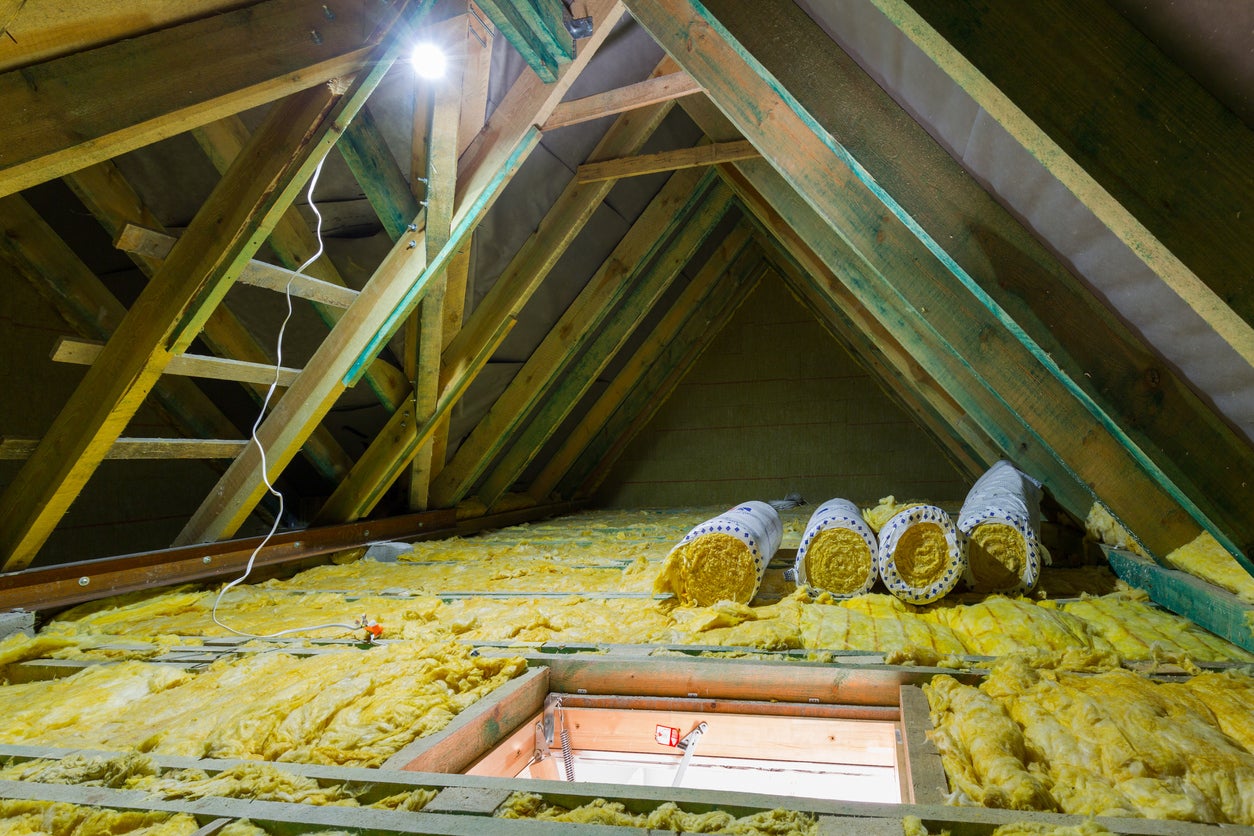
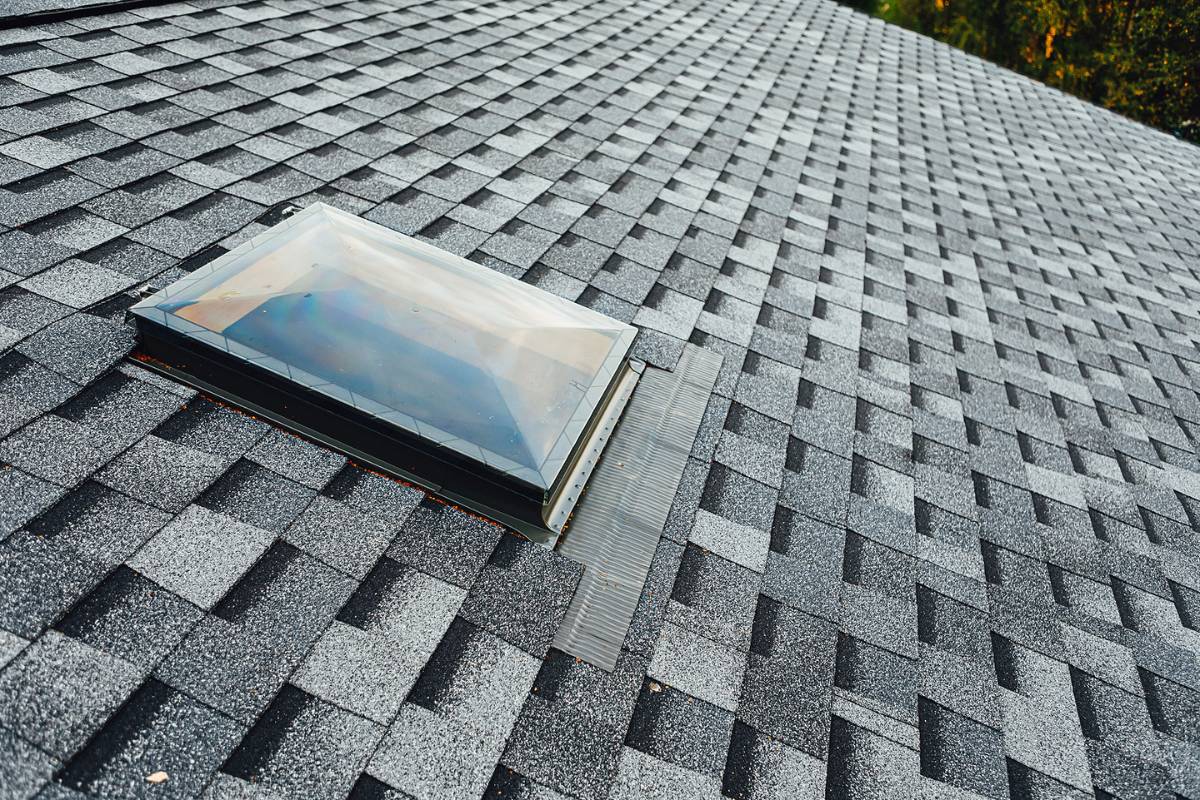
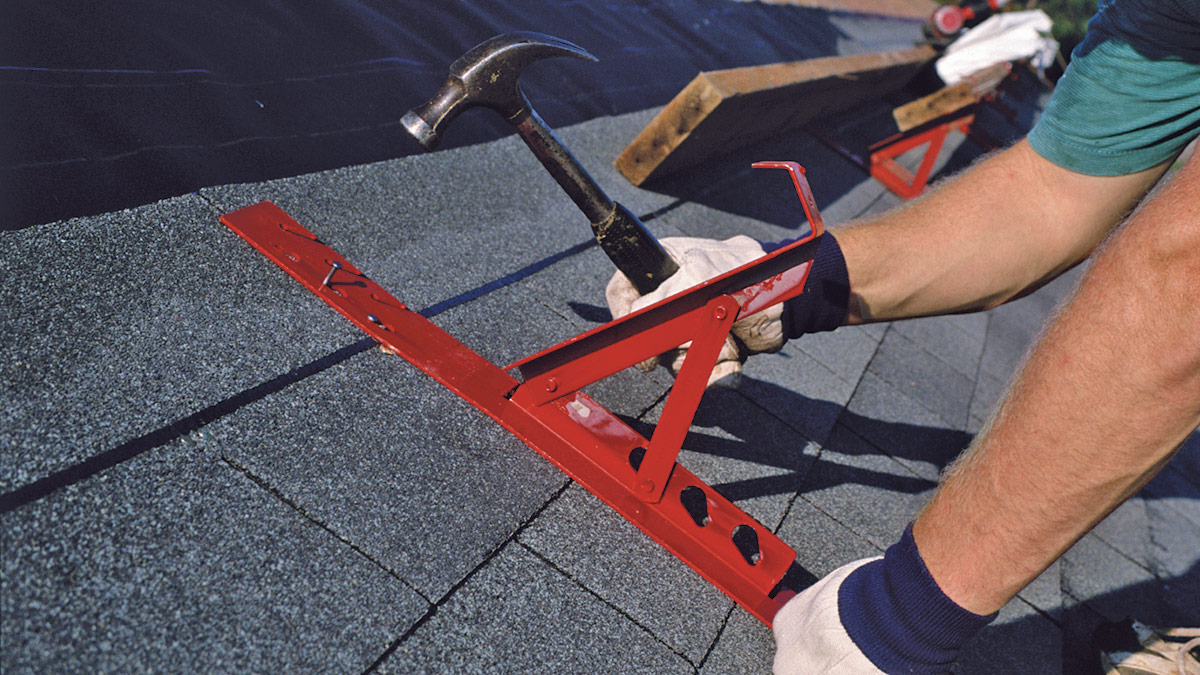
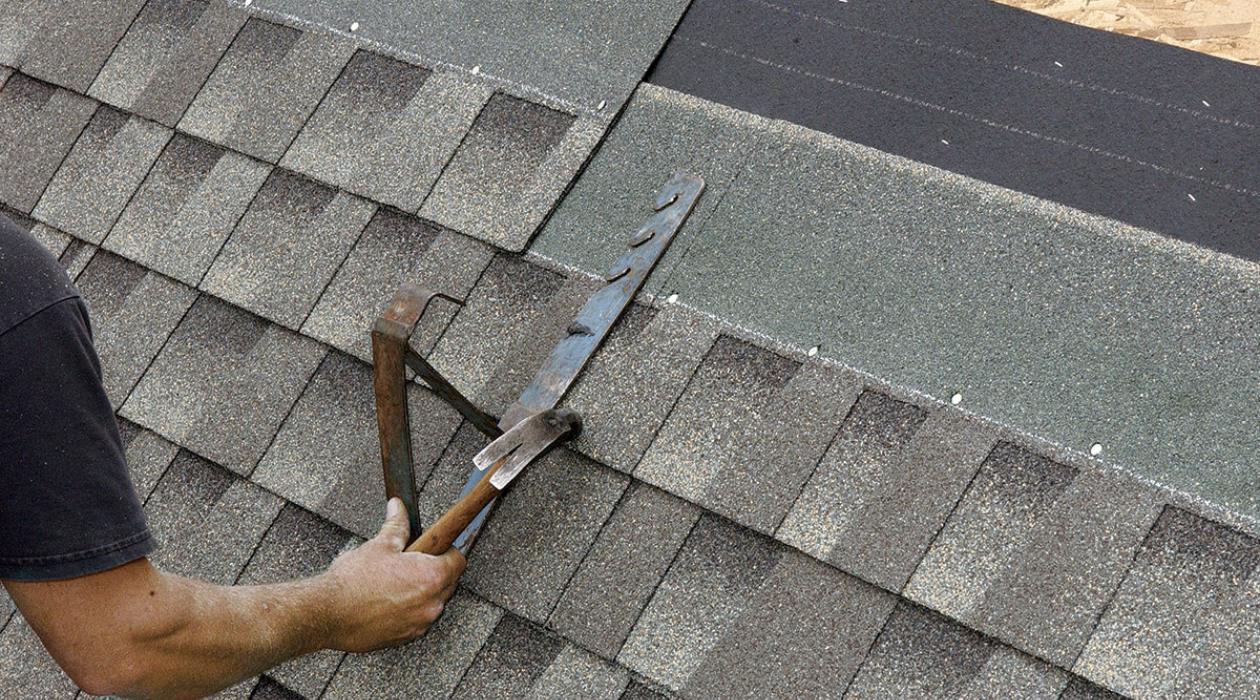
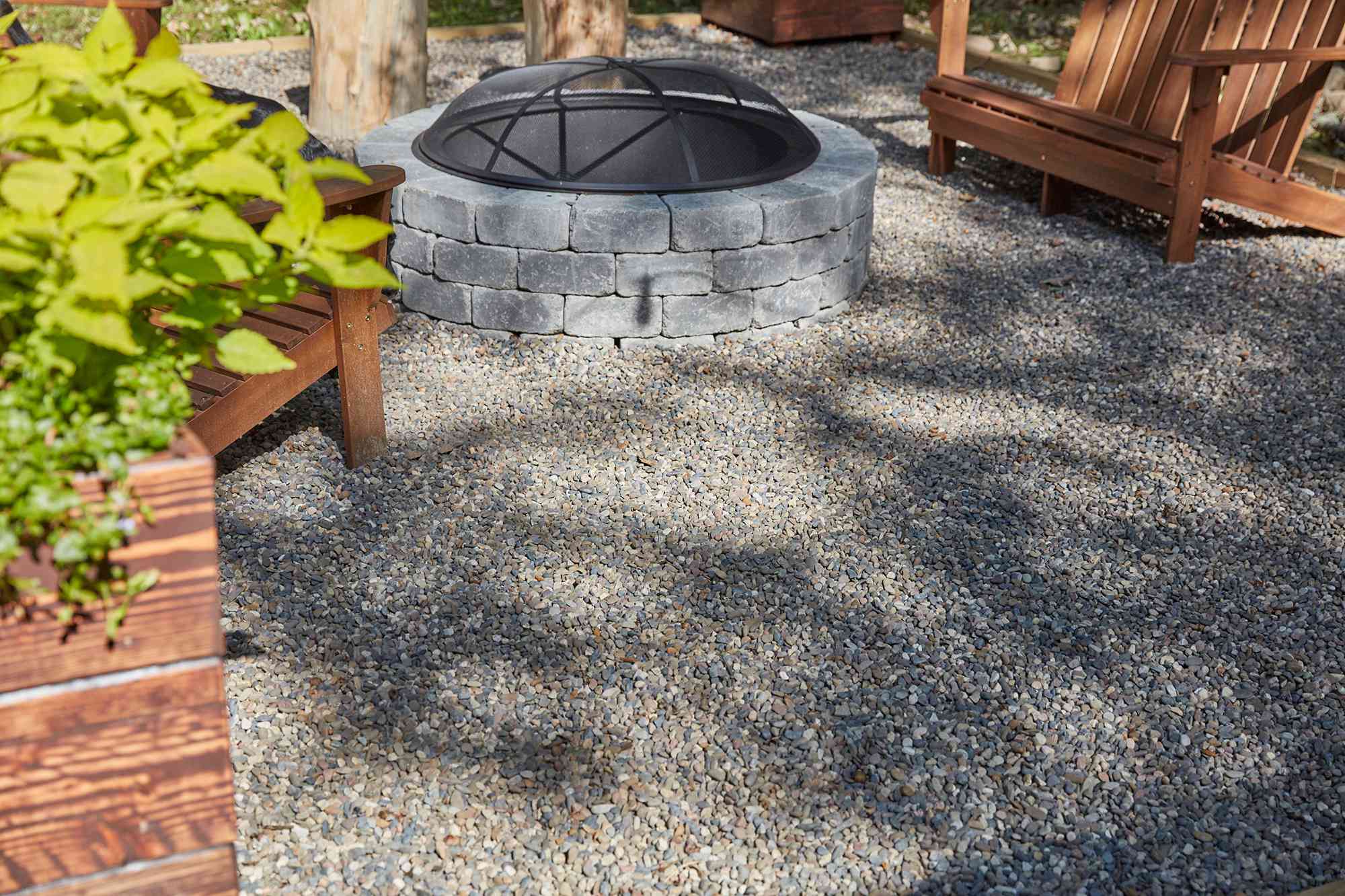
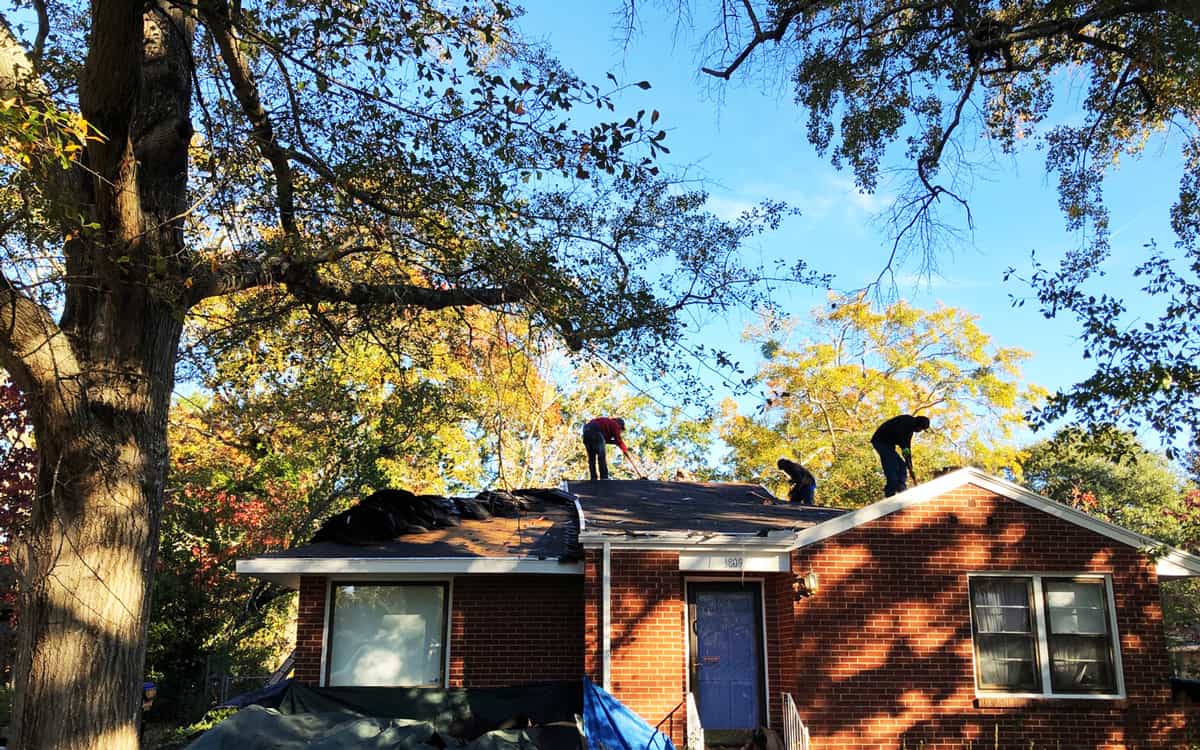
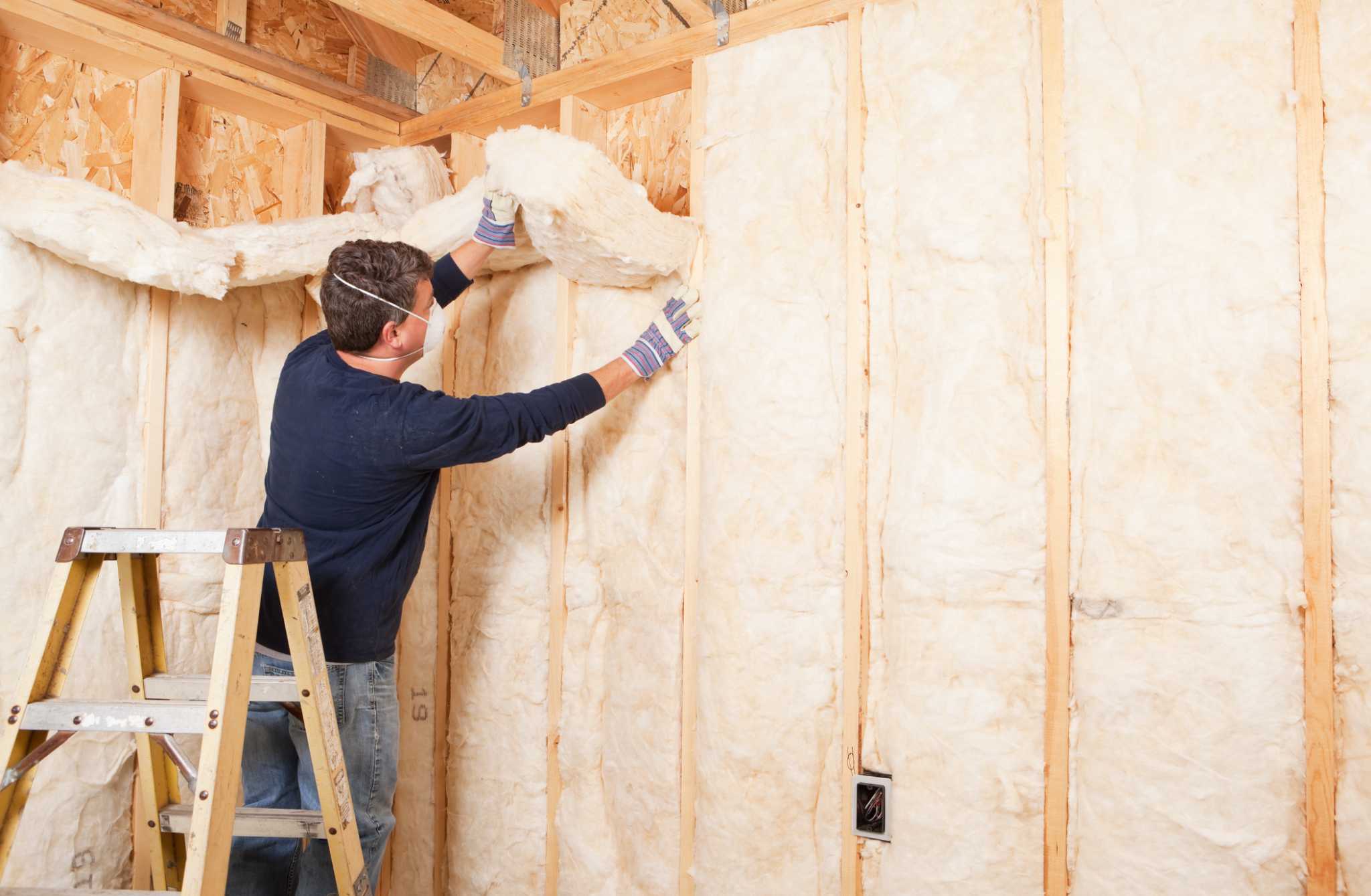
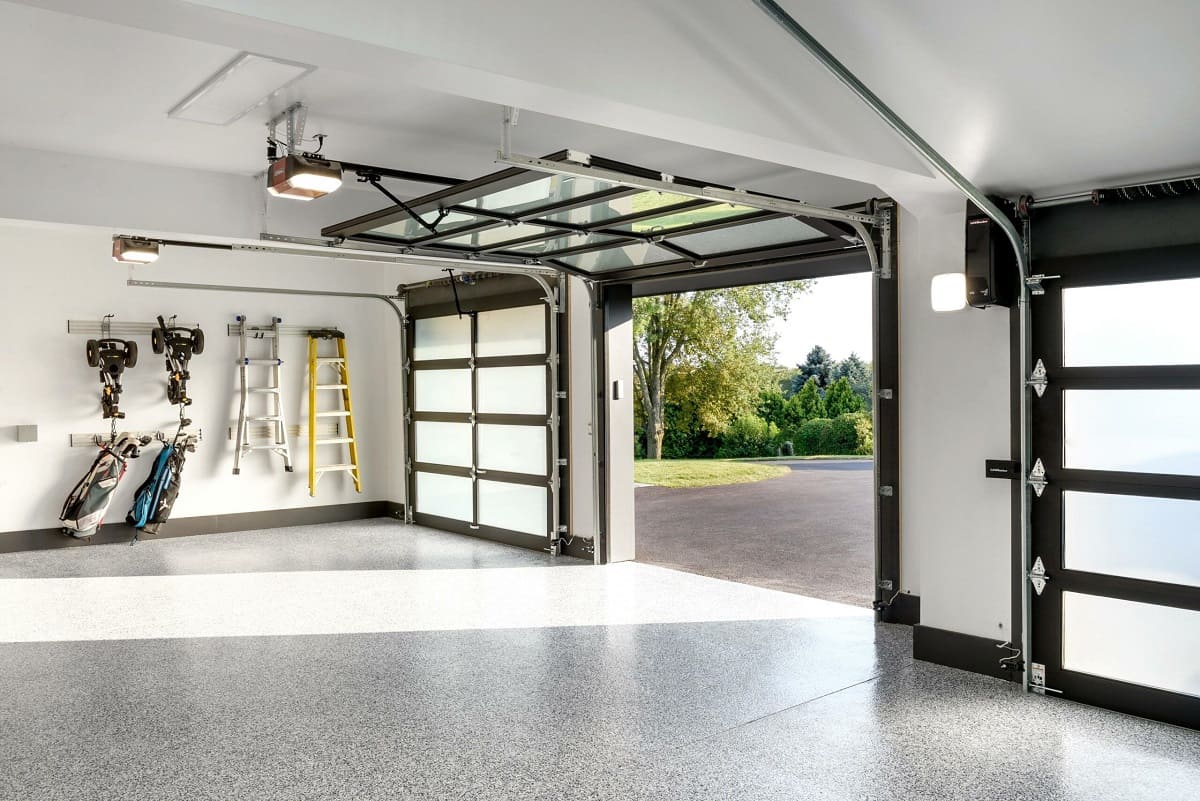
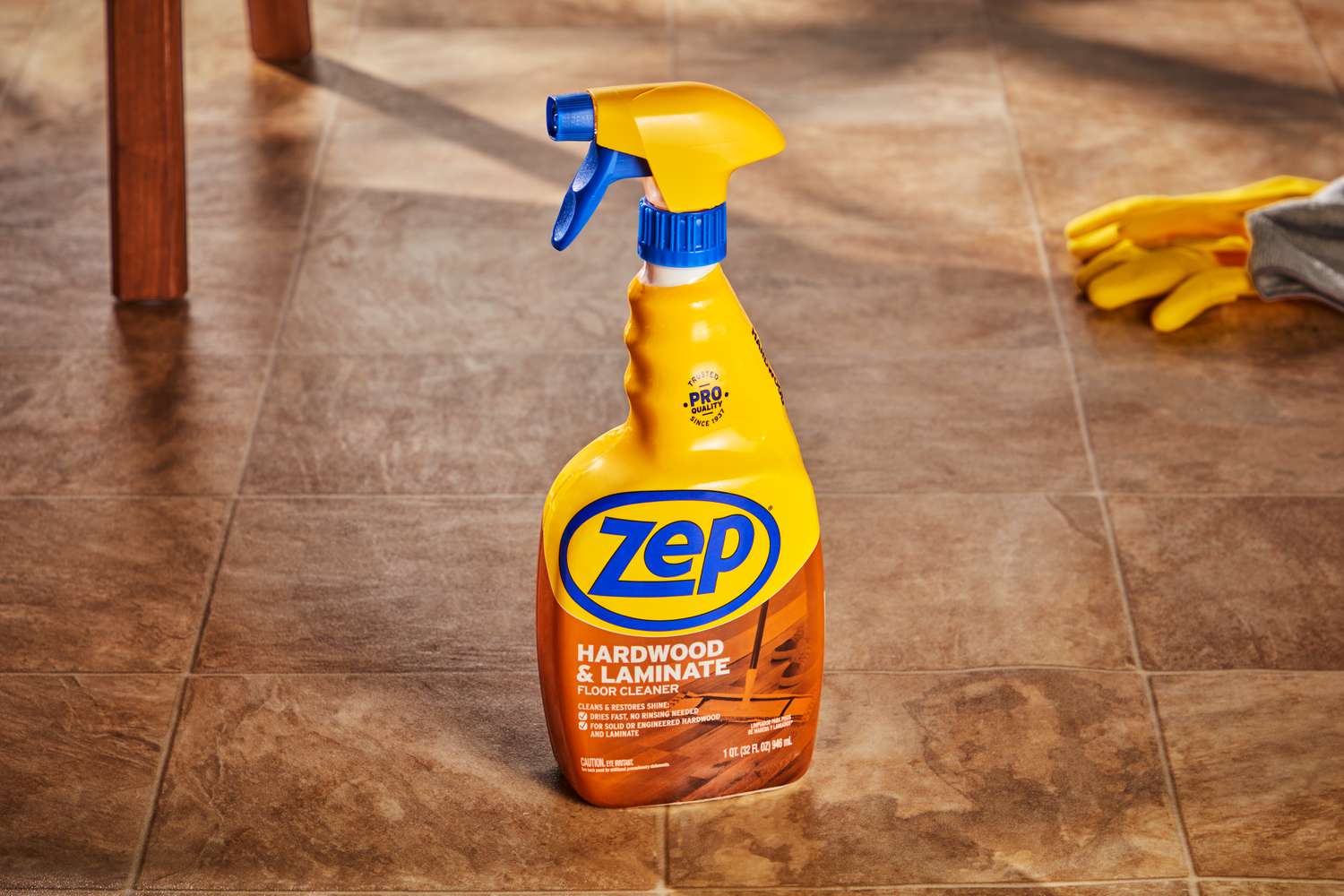
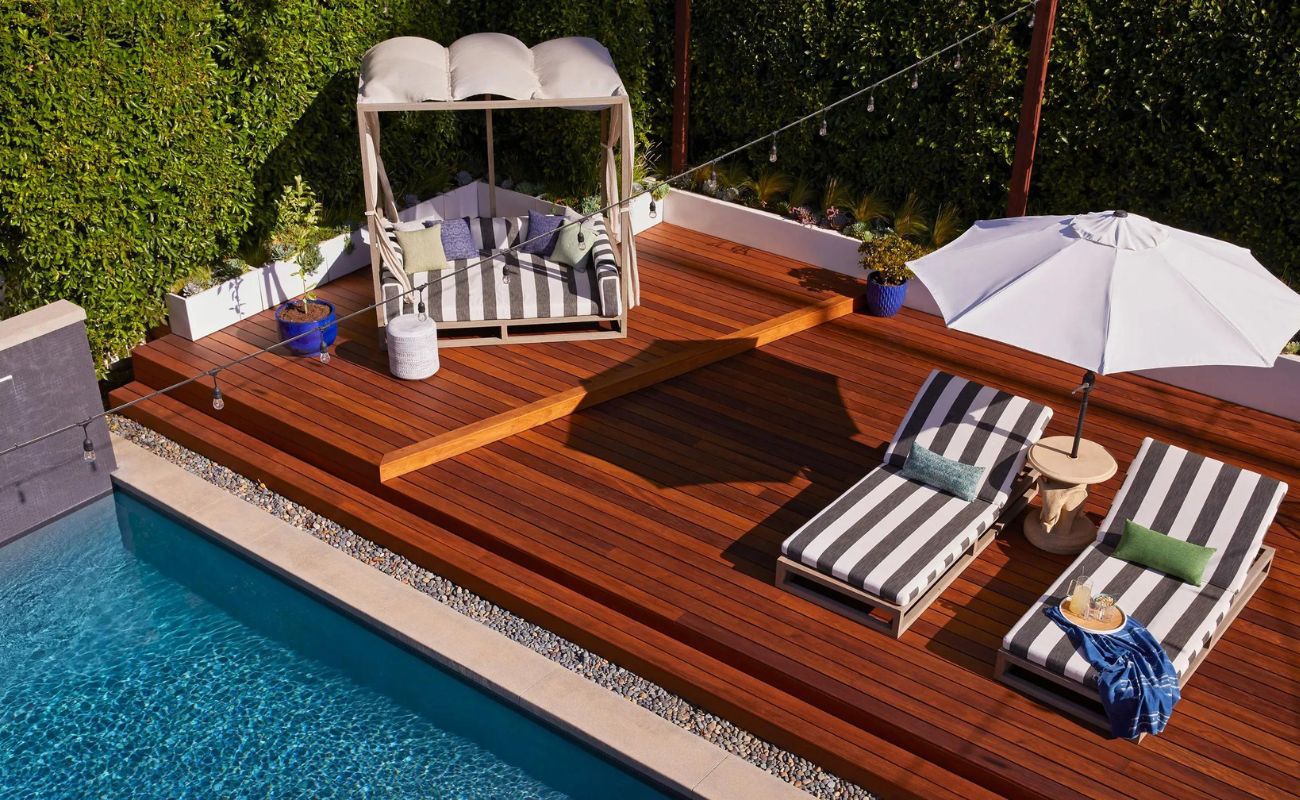
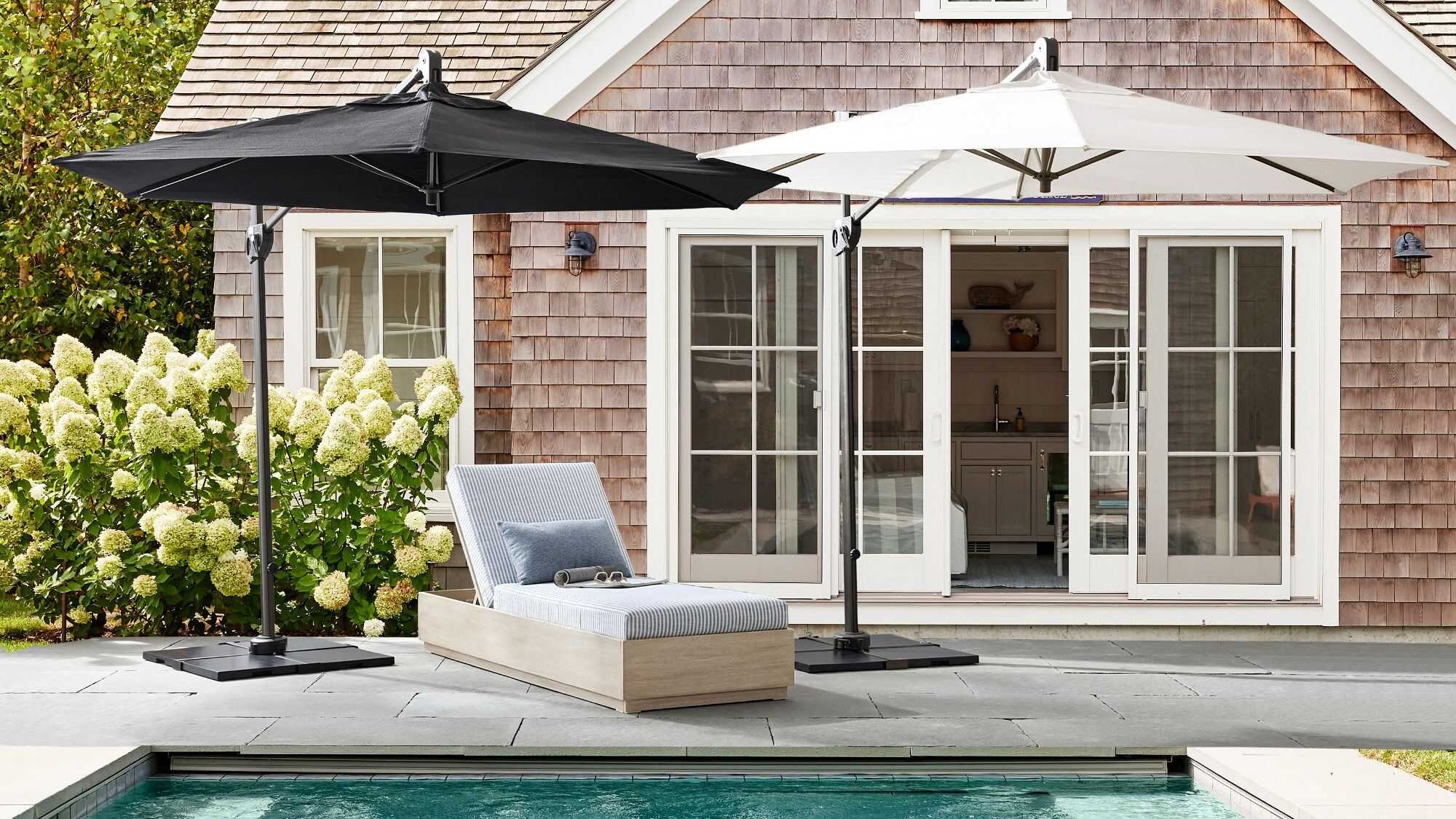
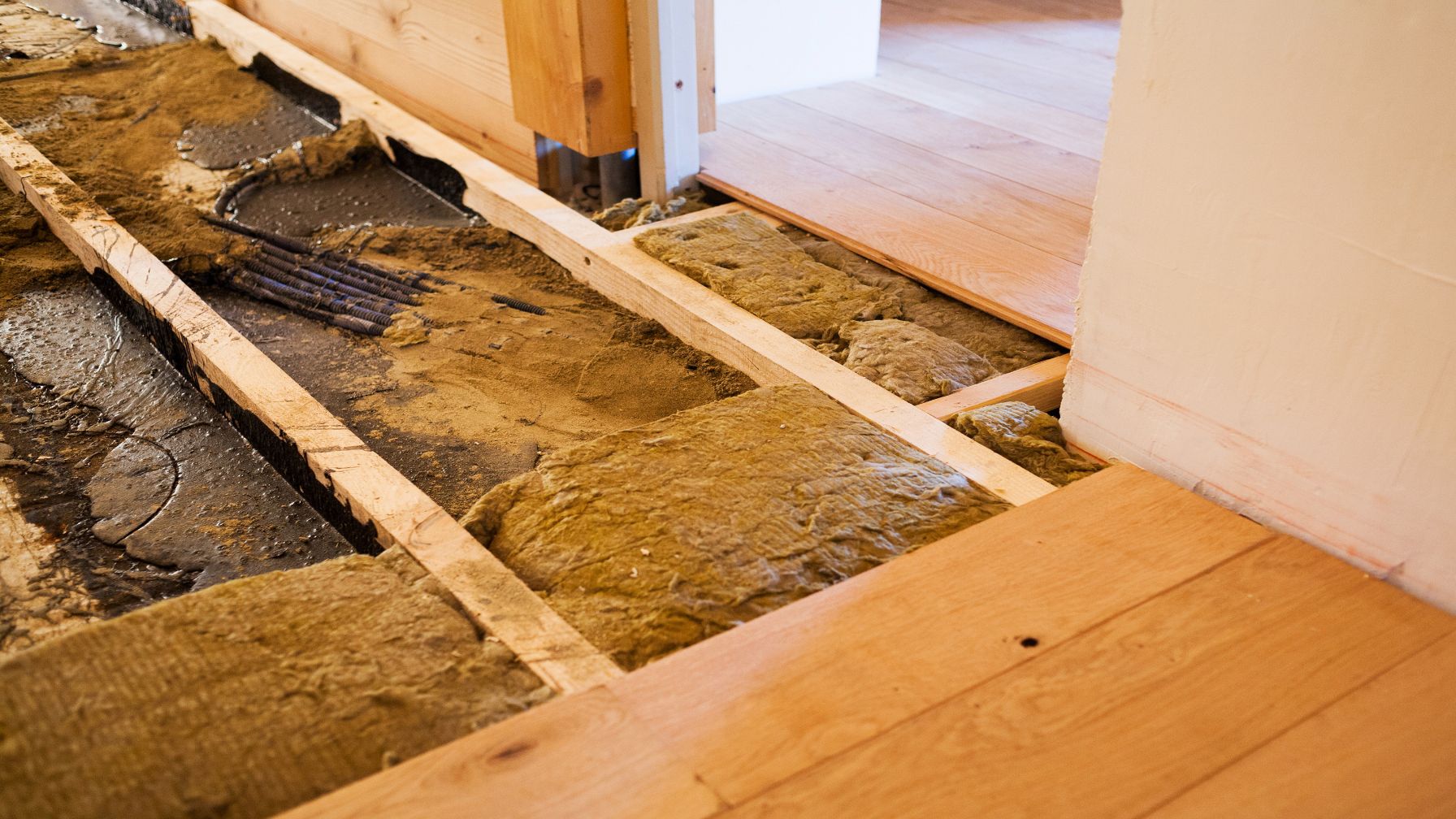
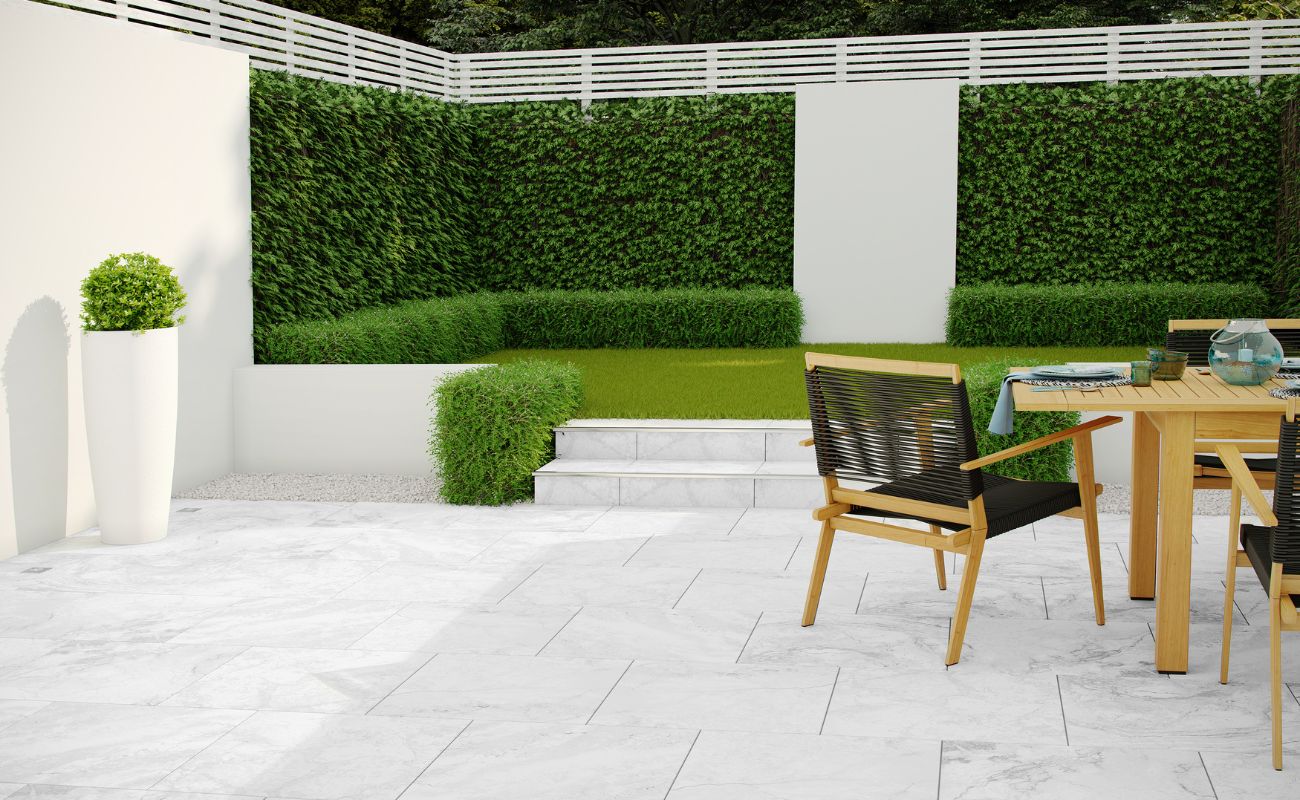
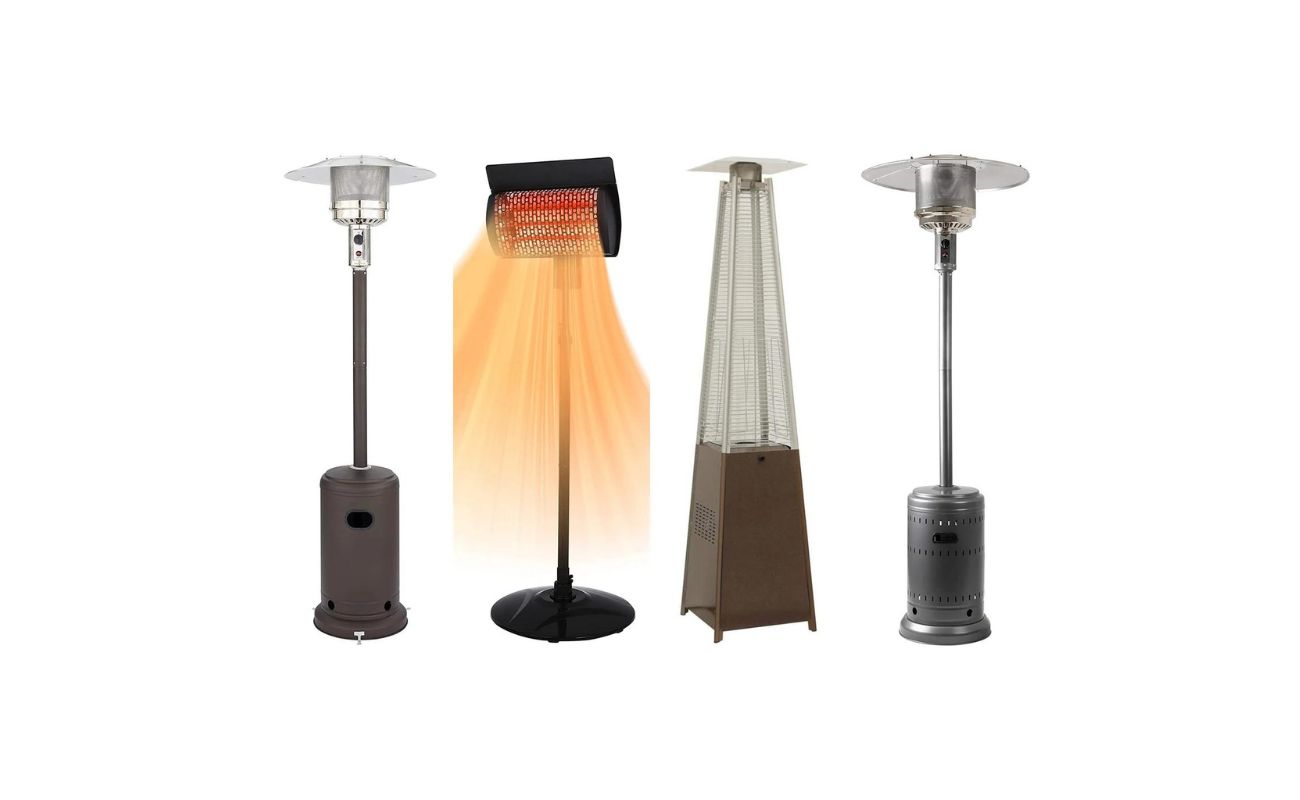

0 thoughts on “What Is The Best Material To Use For A Patio”